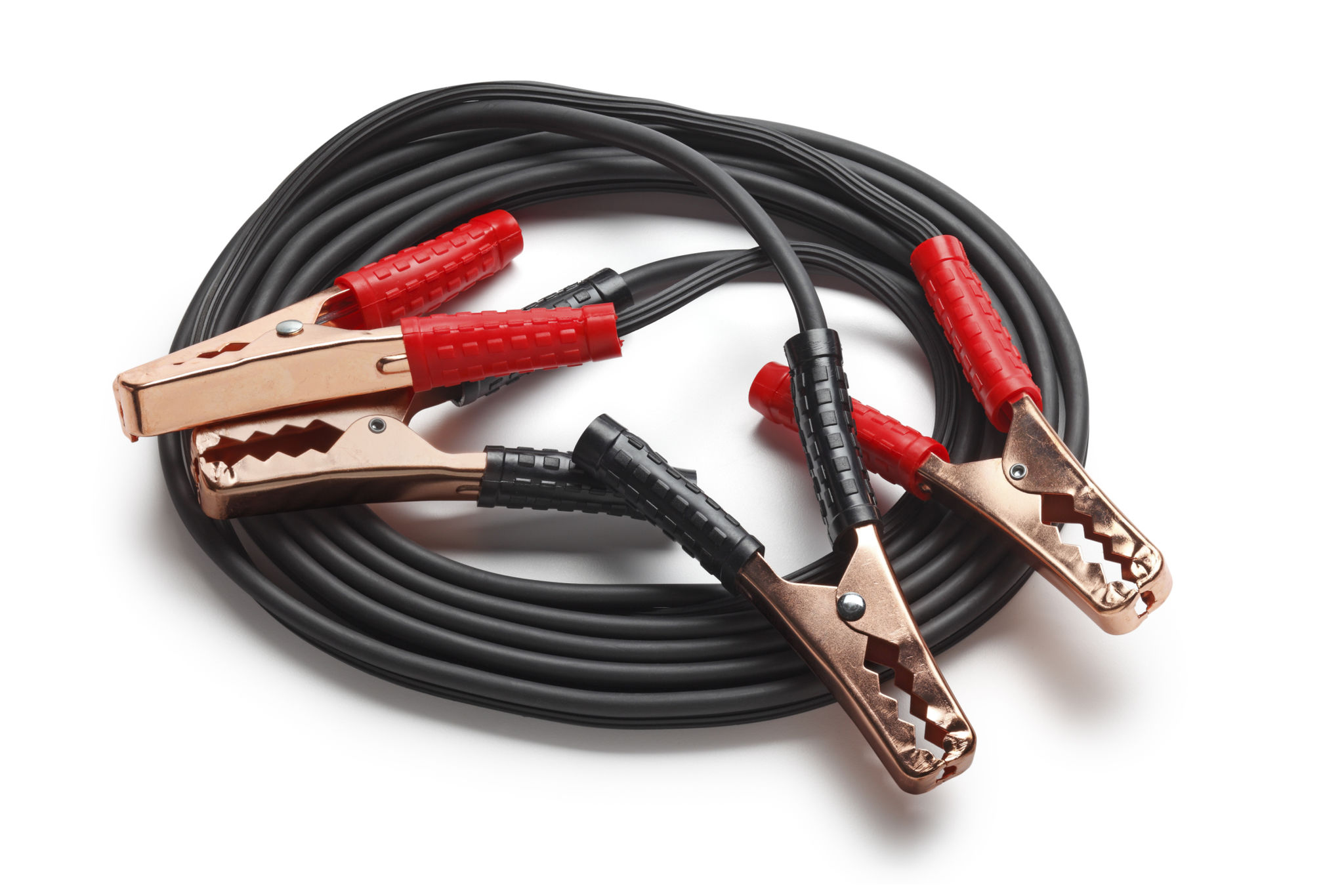How to Jump Start Your Car Safely: Tips from AutoTech Experts
Understanding the Basics of Jump Starting a Car
Jump starting a car is an essential skill every driver should have. Whether you're dealing with an unexpected dead battery or helping a fellow motorist, knowing how to safely jump start a car can save the day. However, it's crucial to follow the correct steps to ensure your safety and the safety of your vehicle's electrical system.
Before attempting to jump start your car, you need to have a set of jumper cables and another vehicle with a fully charged battery. It's also advisable to keep a pair of gloves and safety goggles handy. These precautions help protect you from any unexpected sparks or battery acid.

Preparing for the Jump Start
Before you begin, position both vehicles so that they are close enough for the jumper cables to reach each battery. Ensure both vehicles are turned off, with the parking brakes engaged. Open the hoods and locate the batteries in both cars. Identify the positive (+) and negative (-) terminals on each battery.
It's important to check for any visible damage or corrosion on the batteries. If you notice any issues, it might be best to call a professional for assistance. Once everything looks good, you're ready to proceed with connecting the cables.

Connecting the Jumper Cables
Follow these steps carefully:
- Attach one end of the red (positive) cable to the positive terminal of the dead battery.
- Connect the other end of the red cable to the positive terminal of the good battery.
- Attach one end of the black (negative) cable to the negative terminal of the good battery.
- Connect the other end of the black cable to an unpainted metal surface on the engine block or chassis of the car with the dead battery.
Starting the Engines
Once the cables are securely connected, start the engine of the vehicle with the good battery. Allow it to run for a few minutes to transfer power to the dead battery. Then, attempt to start the engine of the car with the dead battery. If it doesn't start immediately, wait a few more minutes before trying again.

If your car starts successfully, keep both engines running for a few minutes before disconnecting the cables. This helps ensure that your battery gets enough charge to continue running once you disconnect it from the donor vehicle.
Disconnecting the Jumper Cables
When disconnecting the cables, do so in reverse order:
- Remove the black (negative) cable from the metal surface on the car with the dead battery.
- Detach the black cable from the negative terminal of the good battery.
- Remove the red (positive) cable from the positive terminal of the good battery.
- Finally, detach the red cable from the positive terminal of the dead battery.
Be cautious while removing the cables to avoid any contact between them or other metal parts, which could cause a short circuit.

Troubleshooting Common Issues
If your car still doesn't start after following these steps, there may be other issues at play. The problem could be a faulty alternator, a weak starter motor, or even damaged battery connections. In such cases, it's advisable to consult with an auto technician for further diagnosis.
Jump starting a car is simple when done correctly, but safety should always be your top priority. By following these expert tips, you can ensure a smooth and safe experience whenever you're faced with a dead battery.